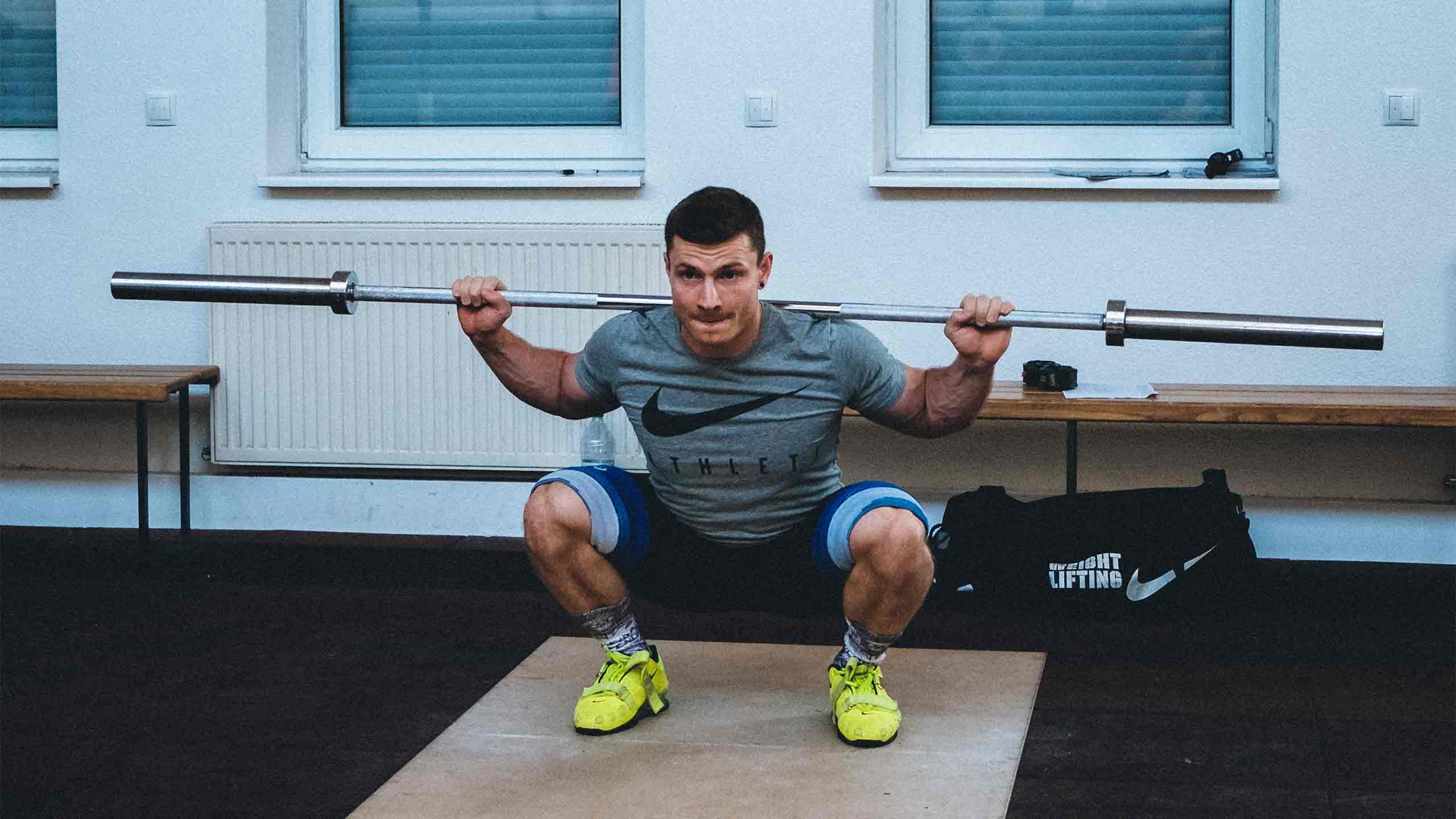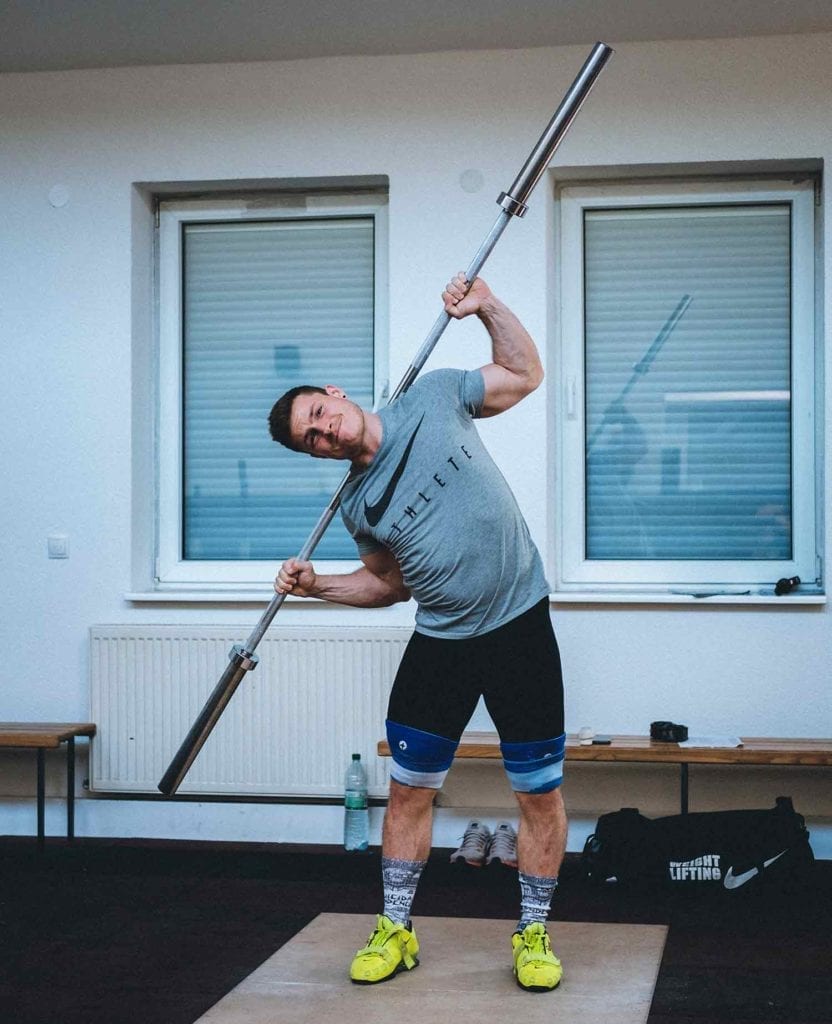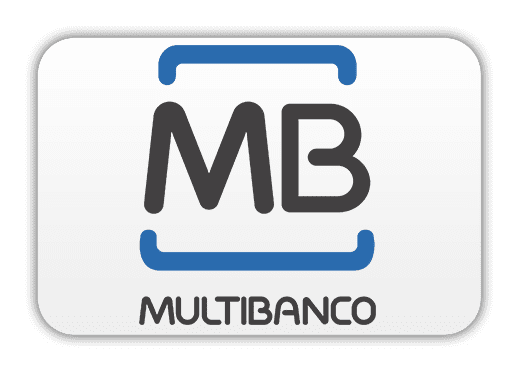Recently, I have received a lot of inquiries asking about tips for absolute beginners in weightlifting. Starting with the equipment, over training planning, up to technique. For this reason I have decided to summarize the most important basics from my point of view in a blog.
First of all, it is never too late to start lifting weights. Only the targets need to be adjusted. A beginner in weightlifting, for example, in his mid-20s will find it difficult to start an international career. On the one hand, due to the low training age, and on the other hand due to the lack of experience. However, nothing should stand in the way of participation in a regional or national championship. It is possible that some of them will even qualify for a German championship.
Once you have decided to flatter the barbell beyond bench presses and bicep curls, everyone should be aware that mobility, in almost all parts of the body, is not only beneficial, but also the eliminating factor. So if you have problems to squat properly, the focus should be on mobility in the beginning.
Basics
It is recommended to look for a club and a coach for intensive and long-term weightlifting. Most clubs offer both a platform and the appropriate equipment (by the way: it doesn’t always have to be Eleiko). Some may have set up their own homegym. Hhowever, the question arises whether it is fun to train alone in the long run and whether the training is appropriate.
Because training success is just as important as fun. In order to make progress in training and grow with your tasks, good preparation and planning is required. The preparation is the way to the goal and should include a good balance between loading and unloading. A coach could come into play here. Because he is able to plan a preparation according to your goals and plans. Furthermore, he controls your technical execution and, in the best case, he supports you with his experience.
If you have neither a club nor a trainer at your disposal, you should focus on the basics when planning your training.
The Basics
The basics in weightlifting are pulls, squats, snatch as well as clean and jerk (there will be an extra article for technical advice). Those who have recognized their weaknesses extend the basics with further exercises, such as snatch balance (weak stability in squatting) or push press (deficits in the overhead when jerking).
If you want to enjoy weightlifting for a long time and not only for a short time, you should pay attention to a correct technique. This not only makes it easier to lift, but also reduces the risk of injury. If problems do occur, it is better to adapt the workout or even pause. After all, we all have only this one body and it is our capital.
The Warm-Up
For me, the warm-up consists of a ten-minute tour on the bike erg to get the cardiovascular system going. Then it’s time to get down to business – mobility and easy exercises such as splitsquats, one-legged hip-thrusts and pistols are, almost always, included. Afterwards I don’t start directly with my initial load, but move with the empty barbell or light weight until I feel that the body is warmed up.
The right equipment
Lifters are extremely important, not only because of the small elevation in the heels, but especially because of the stability. It does not have to be the most expensive high-end shit, but weightlifting should at least be mentioned in the product description.
Regarding the right choice of pants I recommend tights, because they are elastic and I don’t have to torture the bar over accumulated hills of fabric. In addition, you have better contact with the bar through the tight. The shirt is less important – one likes it tight, the other prefers it wide.
Although I always have wrist wraps and knee sleeves with me, I rarely use them. If you train with wraps and sleeves right from the start, you will always need them. The situation is similar with a weightlifting belt. When used correctly, this increases the tension in the lower back and makes you feel more secure. But for me the belt makes no difference.
Supplements
Also here I am a big fan of basics. Omega-3 and vitamin D3/K2 in the morning to support the immune system Before training L-Citrulline or the Crank Booster from ESN to increase the oxygen intake. During workout I mix creatine in my shake. Creatine stores water in the muscle cells and thereby increases performance. After training it is recommended to drink protein and maltodextrin to initiate regeneration. In the evening magnesium, and a healthy cap of sleep.
Last but not least
Weightlifting is a coordinative demanding sport and you don’t learn it overnight. Correction – somehow getting the bar upside down – of course works overnight. However, if you don’t want to end up on YouTube, you should have patience and learn a sensible and above all healthy technique from the very beginning. This entails a time investment, which will pay off later. And if things don’t work out that way, don’t throw in the towel right away, that’s just part of the process.
And never forget – HAVE FUN!























